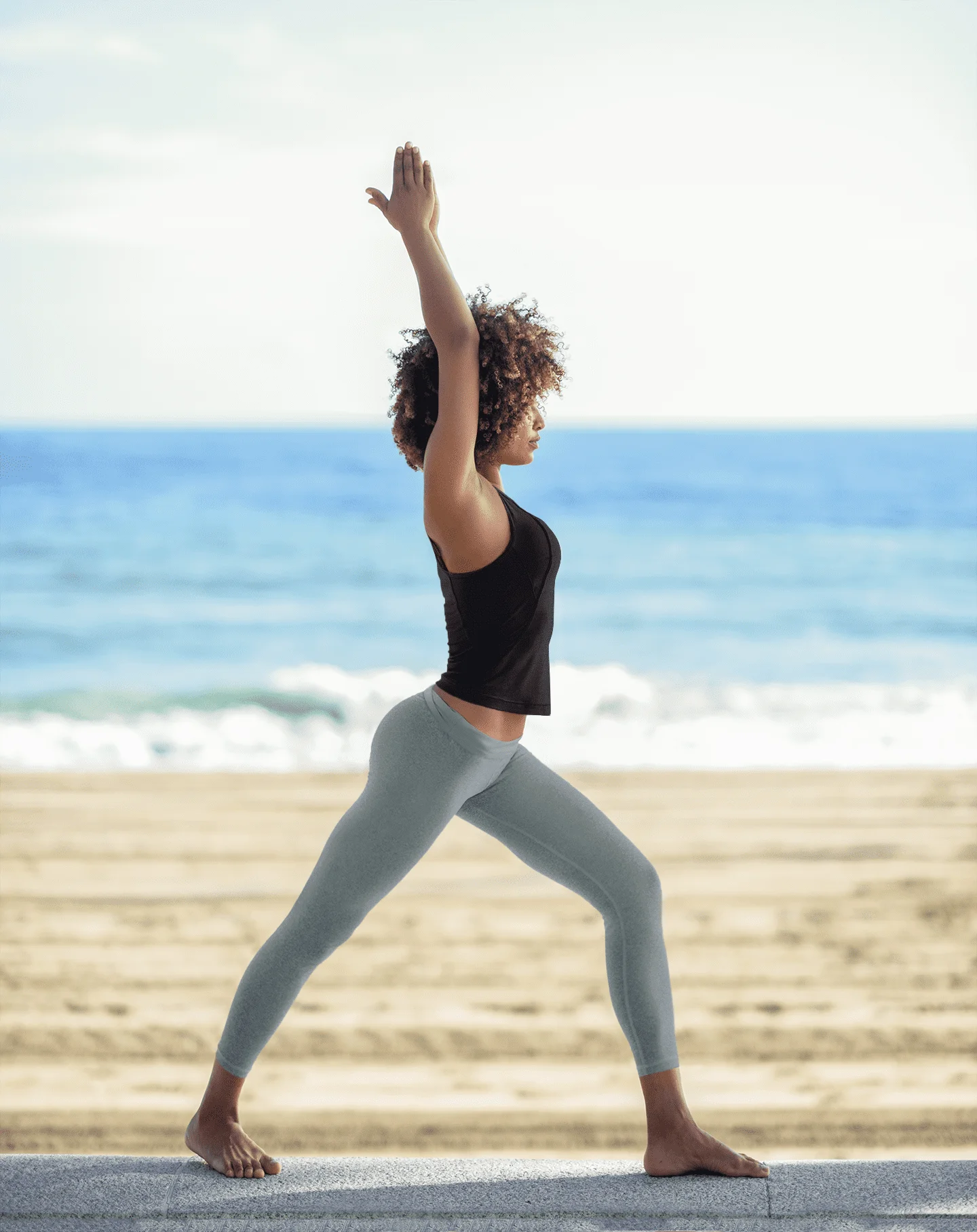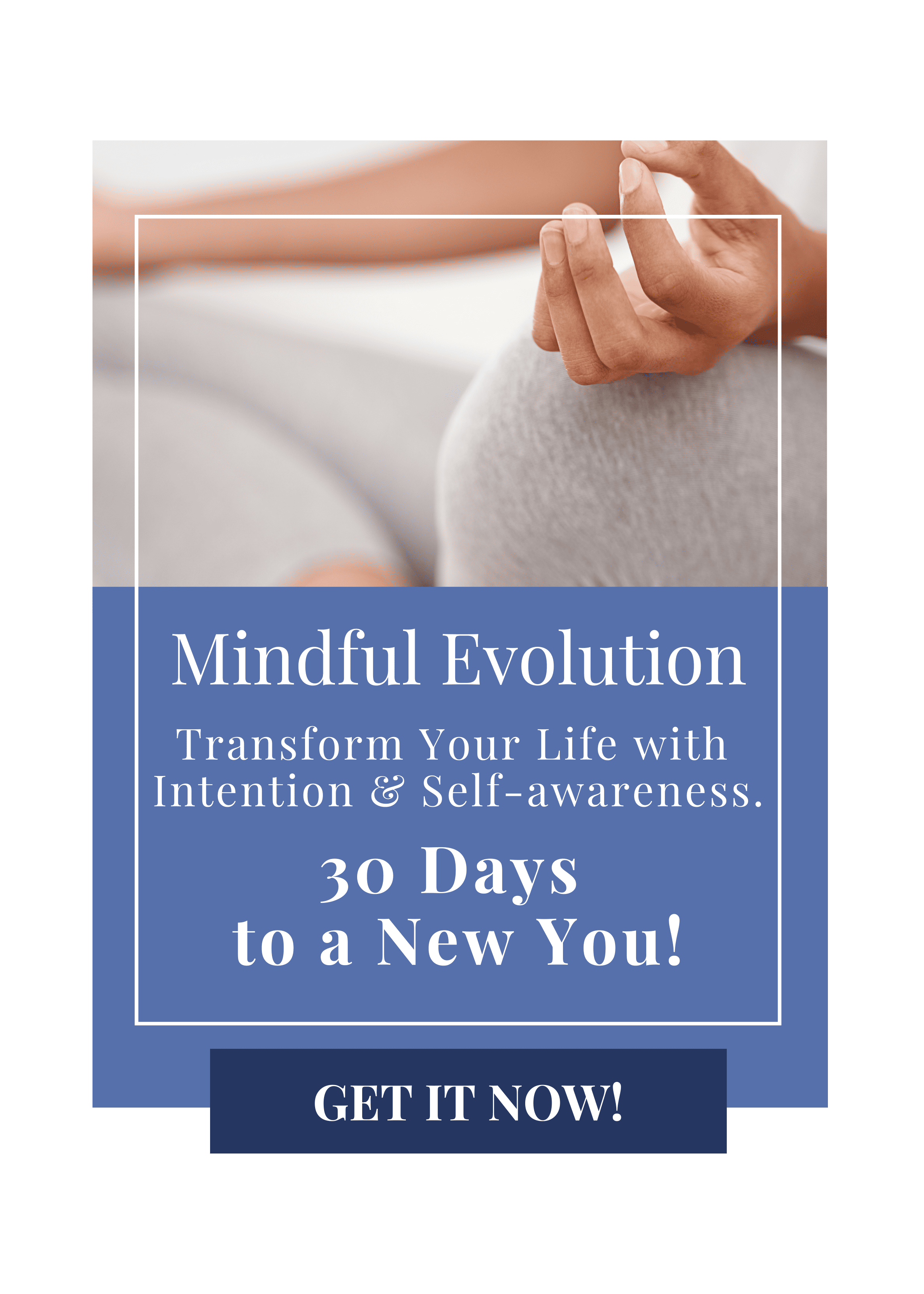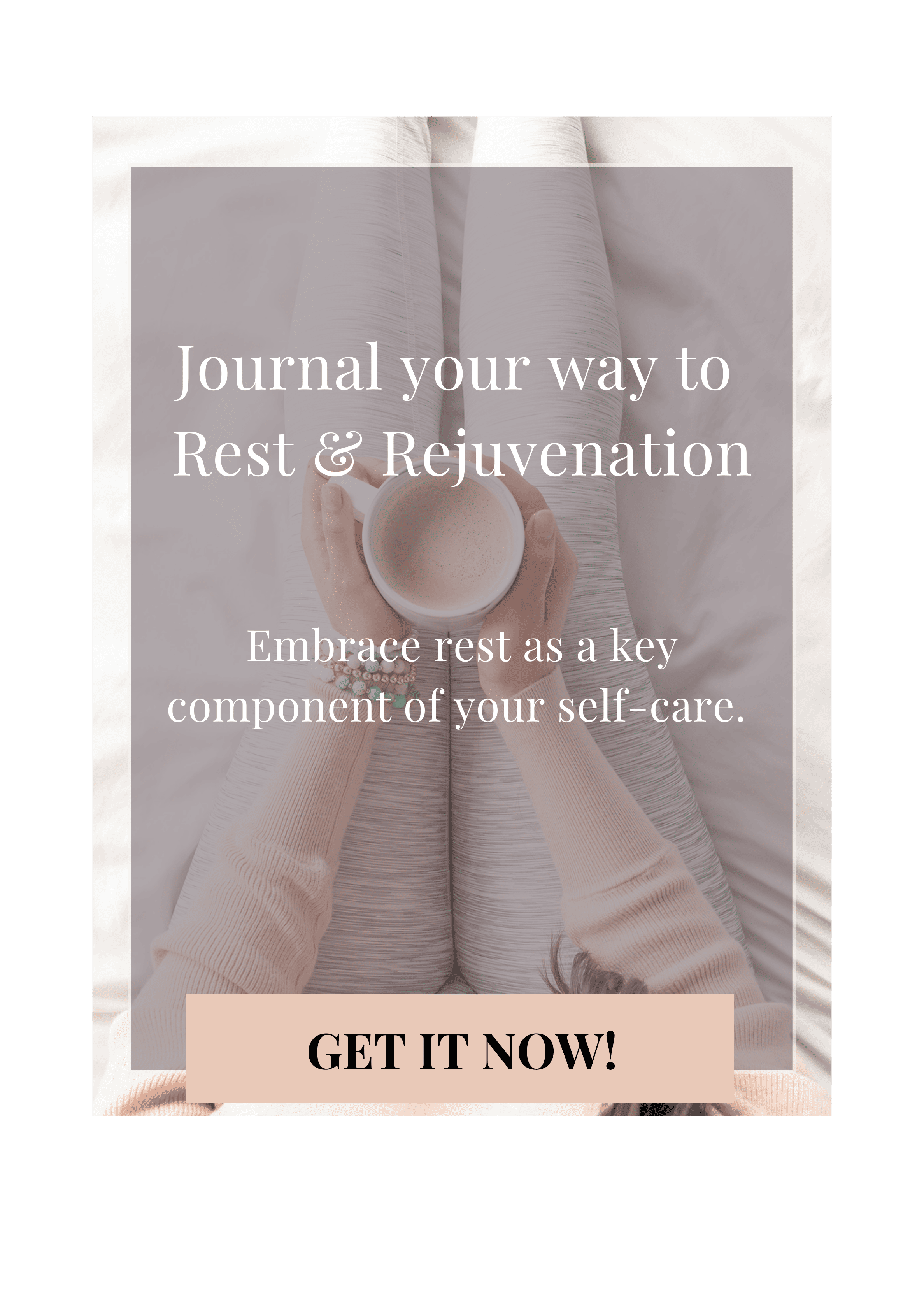Yoga is many things, according to Patanjali yoga sutra’s 8 limbs of yoga there are 8 parts to a yoga practice; Yamas – external instructions on how to interact with other people, Niyamas – internal instructions on how to manage your own life, Asana – physical postures, Pranayama – breathing exercises, Pratyahara – sense control, Dharana – focused concentration, Dhyana – meditation and Samadhi – unity and surrender.
When we usually talk about yoga, we are talking about Asana, the physical postures. Although these are the ones you perform in your yoga training, all the other areas weave themselves quite naturally into your practice, so that via the physical poses you work with all the 8 limbs of yoga. This is what separates yoga from all other physical exercises.

What is Yoga Asanas.
Yoga means i.a. “to unite”. In connection with yoga, you become aware of the connection between the breath, the body, and the mind. As you achieve greater body awareness, you both get to know your body better and at the same time become aware of how your mind works.
Yoga can be a transformative process, both physically and mentally. As the physical poses become more and more familiar to your body, tension, and blockages are opened up and released, which then correspondingly enables you to open up more in your own life and remove limitations and blockages in your daily life.
The physical benefits of yoga are stronger, flexible, and more toned muscles that are less prone to injury. But it is the work with the mental body-mind balance that can help you through stressful or pressured periods in your life, and which is crucial for your well-being.
Yoga is a unique tool for getting to know your body and your own resources. Yoga is both stress-relieving and revitalizing, it strengthens and flexes your muscles and has a deeply regenerating effect. Physical defects are prevented and remedied by regular practice, and your energy level and resilience increase.
It can be difficult to abstract from all the thoughts that are constantly flying around in your head. But if you don’t find a way to relax, it can quickly end in stress, lack of concentration, and failing memory. Yoga teaches the body and mind to relax and let go. In addition, the mental balance is strengthened in situations under pressure and you will experience increased clarity in your life.
When you practice yoga, you spend time with yourself and get to know yourself better, the strength and balance yoga gives you both physically and mentally, creates an increased energy surplus in relation to yourself and the outside world.
Yoga is for everyone regardless of age, gender, size, and previous experience with yoga. It is not necessary to be particularly flexible or strong. As long as you want to work with yourself and your body, and you dare to be authentic in relation to what you feel, and experience on the mat and respond honestly to what your body tells you.
Yoga creates balance in body, mind, and spirit and provides physical and mental well-being, you’ll experience increased energy, dissolve tension and stress, and increase body awareness. Yoga is physical as well as mental training for body and mind, it is about simply being present in the now, being present in what you are doing right now.
Yoga has a particularly positive influence on Muscle tension, mental state, stress, the ability to concentrate, depression, and balance. Yoga Asana is in itself physical exercise but also helps to calm the mind if you feel stressed. Yoga stretches and flexes muscles and tendons, and is a great supplement to other physical practices like running and strength training.

See more about How I teach yoga here!
Doing yoga.
As you start to practice yoga, you’ll experience a variety of things. When energy is released and flows freely in an area that was previously blocked, or you use muscles that are not used to being activated, you will be able to experience some discomfort. However, direct pain is not tolerated in yoga, and if you experience pain, you should leave the pose, or withdraw a little from the pose until the pain disappears.
When you perform the poses, you direct your attention to the reactions and signals you experience in the body, mind, and your emotional state and adjust the pose yourself based on this feedback, among other things using variations of the pose and modifications using yoga props.
When you perform the poses based on the instructions and directions you are given, you should concentrate on following along as well as possible. If you can’t get into a given pose, do it as best you can, or do a variation. Doing a little is better than doing nothing, it is a growth process in itself to recognize that there are some things you can do and some things, right now, that you can’t, both experiences are equally beneficial for you.
How to choose a yoga type/teacher.
Now that you know a little about yoga, you might want to try to do your first practice or take your first yoga class. Before you do remember that yoga is a living and breathing practice, in constant development and your yoga class will be experienced differently depending on the type of yoga and yoga teacher you choose.
The term yoga covers many different forms of yoga, all of which are rooted in the traditional Asana (yoga postures), but where the physical – the actual performance of poses – and the mental – focus and attention – can vary greatly from type to type.
Despite our very broad use of the term “Yoga”, yoga is not just yoga, there are a myriad of variations. The more dynamic forms such as; Vinyasa yoga, Forrest yoga, Anusara yoga, and Jivamukti yoga to the gentler forms such as Hatha yoga, Yin yoga, Iyengar yoga, Vini yoga, Kundalini yoga, Satyanada Yoga, Sivananda Yoga and Kripula yoga.
Yoga types with a fixed choreography/series that is repeated each time, and where there is a gradual development from one series to the next such as Astanga yoga, Virya yoga, Tri yoga, and Svaroopa yoga. The more acrobatic yoga forms such as Acro yoga and Unnata Areal yoga and a mix of yoga and fitness in yoga forms such as Power yoga, Bikram yoga, and Hot yoga.
Choosing the type of yoga is ultimately a matter of personality, find what you think works best for you. But it is crucial that you find a yoga teacher with whom you feel you have good chemistry and with whom you feel comfortable. It is important that the yoga teacher is able to not only give initial instructions but also explain how to modify and vary the poses to suit you and your level.
See practical facts about 1-1 coaching with me here!
Here are some good tips on how to find your ideal yoga teacher/class.
- Ask family, friends, or colleagues if they know or can recommend someone.
- Find a yoga teacher who is balanced, content, and patient.
- Ask about the teacher’s qualifications.
- Tell the teacher about the physical or mental limitations you have, but be aware
- that it is you who is responsible for your body, so always listen to your body and respect its
- limitations.
- Choose a yoga teacher who has their own daily yoga practice and who continues to learn.
- Start by taking beginner lessons or an intro course.
- Pay attention to your intuition.
- Be open to the fact that it may take some time before you feel comfortable, remember “once is the same as “never”!
Want to experience personal yoga coaching with me? ⬇️







